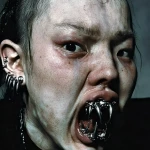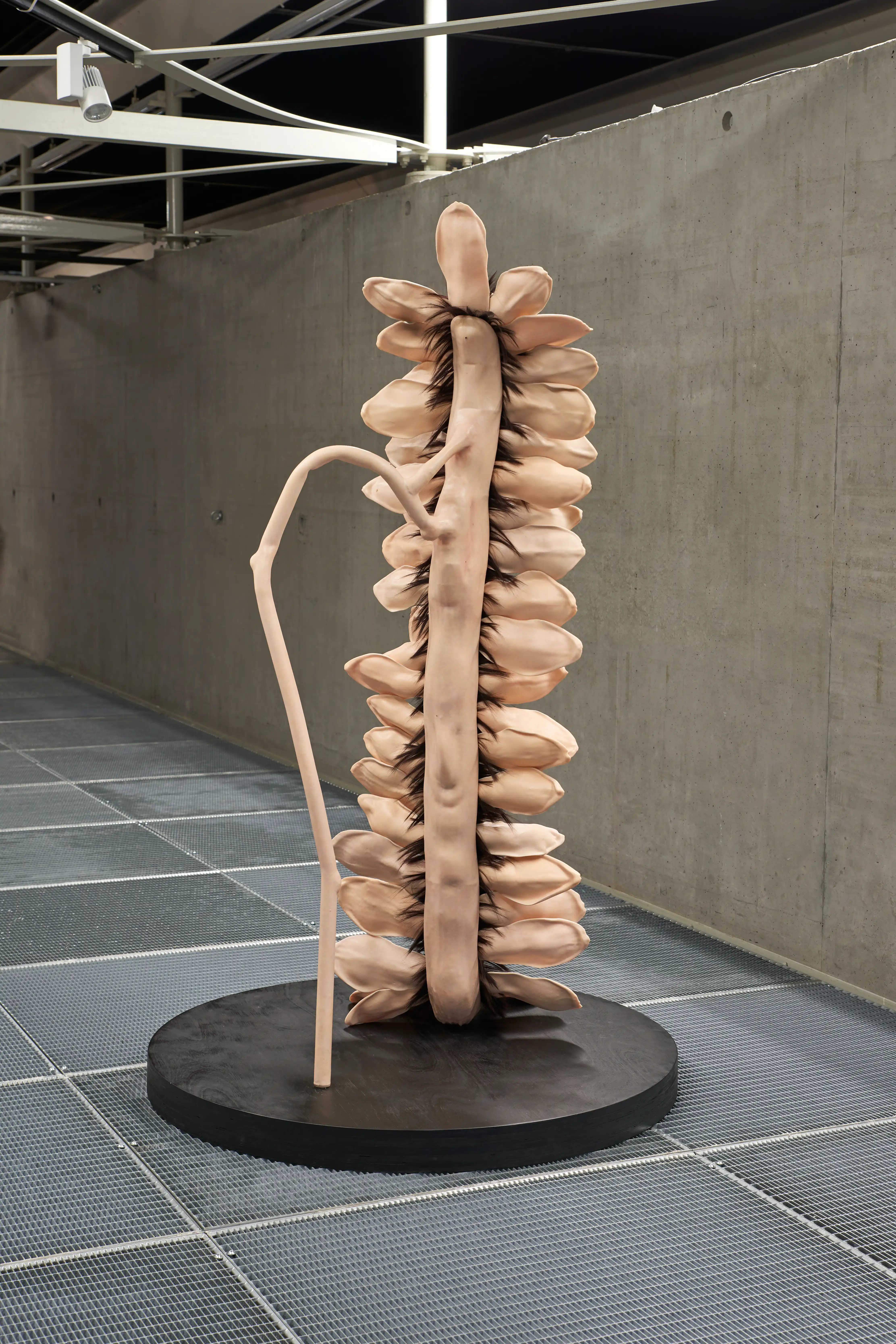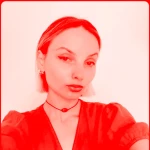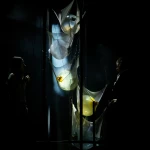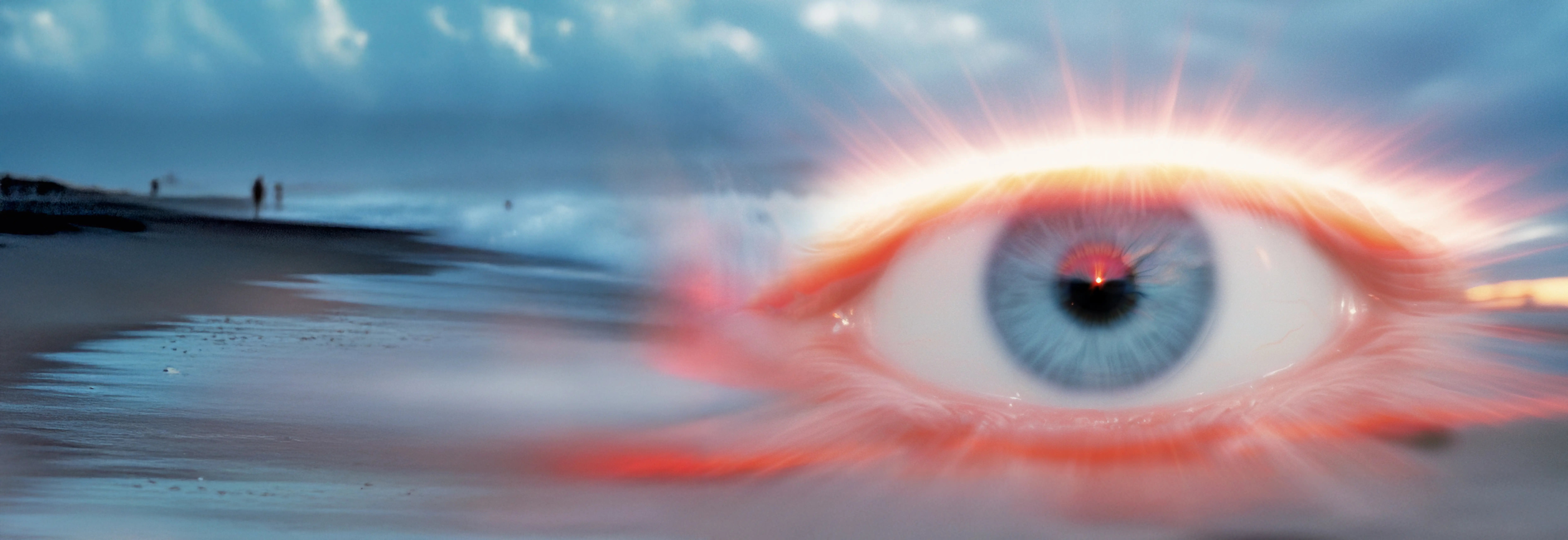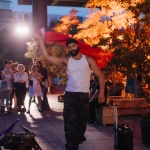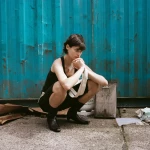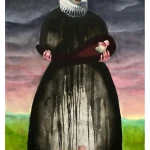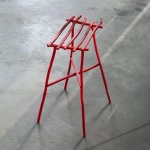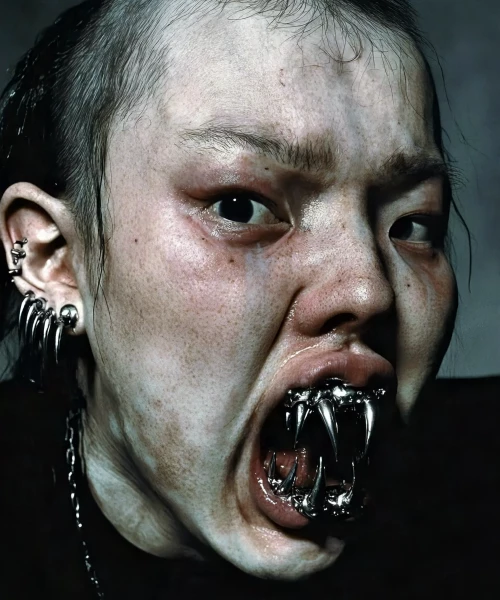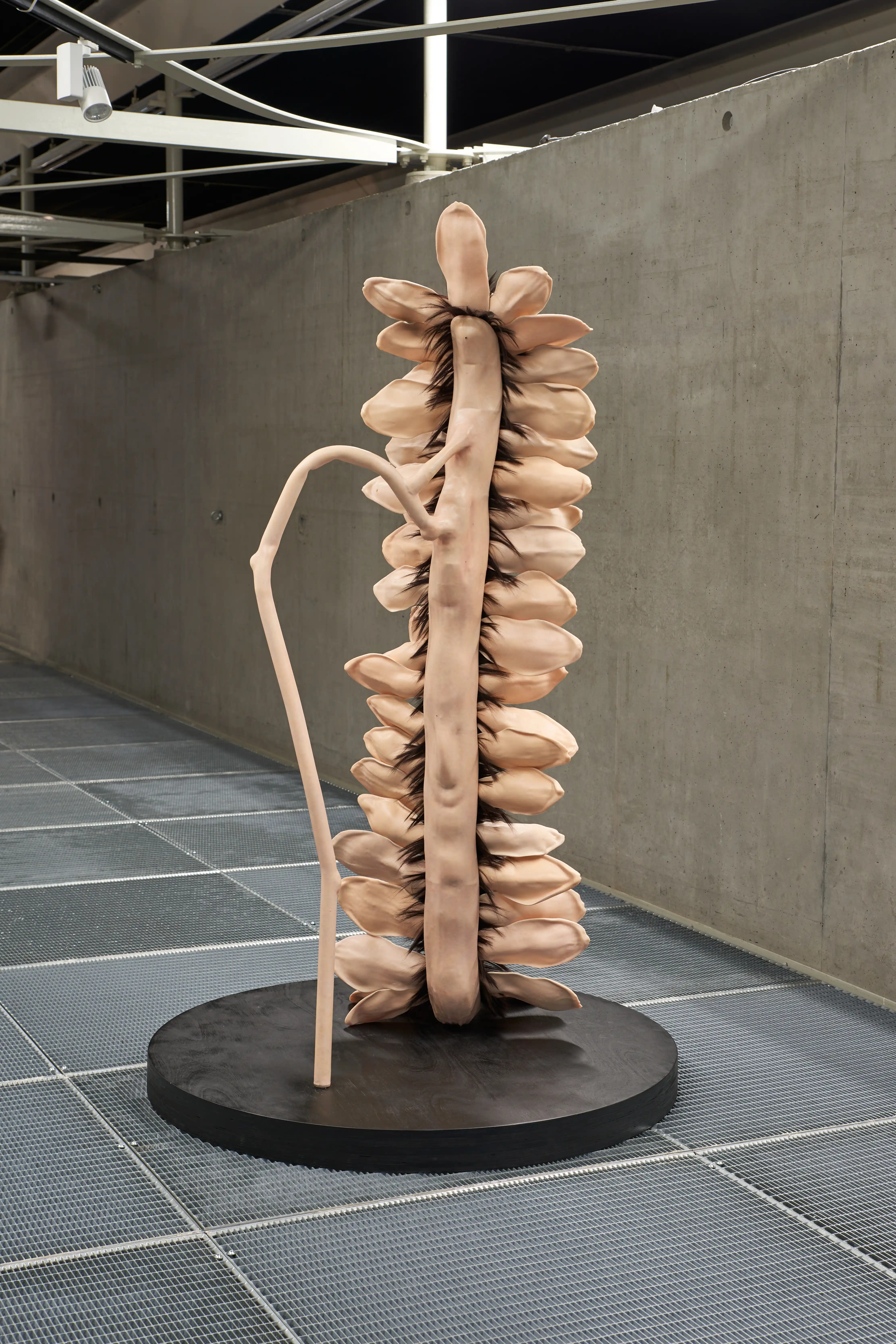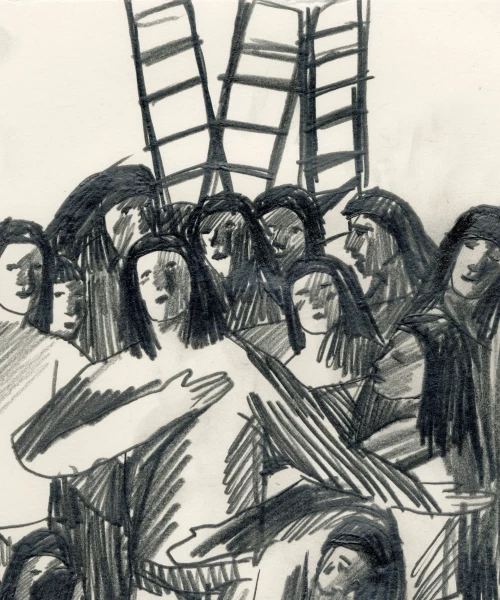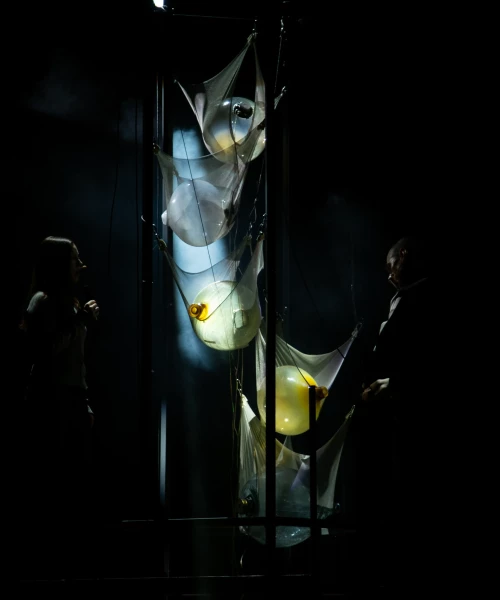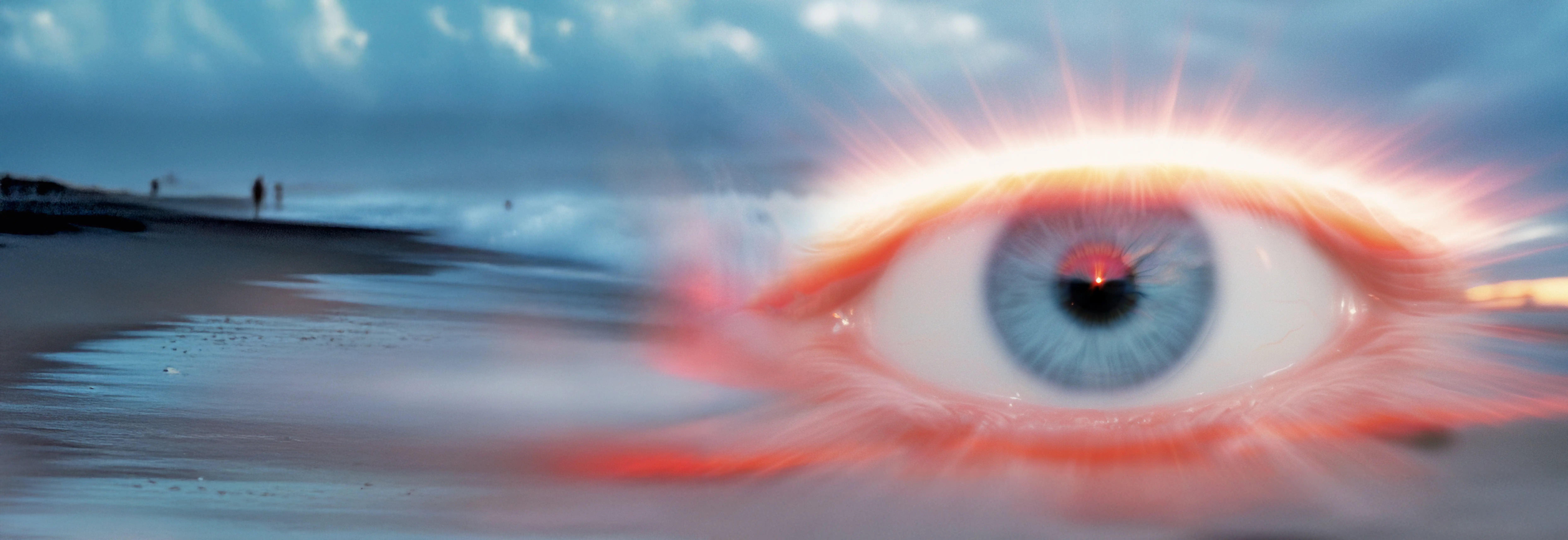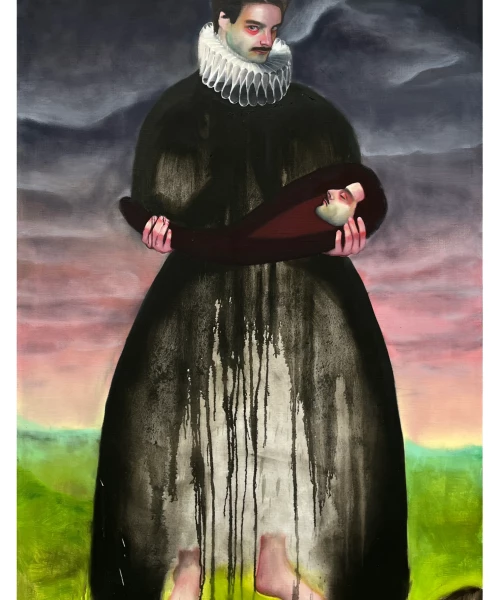Göksu Kunak (they/them) cites their grandmothers when asked about their influences. Conservative visions on how to dress, on how to sit, held their body captive for a long time. Today their exploration of corporealities, shapes the core of the Berlin-based artist’s performances, testing its limits and reclaiming a polymorphic representativity.
“I grew up very religious, so the way I was using my body was always
a topic both for me and in society.”
Born in Ankara, Turkey, in 1985 and raised by a conservative Muslim father and relatively secular mother in a secular but also conservative country their youth and “girlhood” seemed to be torn between the beliefs of their father and the Westernised secularist education at school. Pushed to explore the “in-between” and interrogate interconnectivity, Kunak formed a profound curiosity in the socio-political dynamics in between they are navigating.
“Immigration makes you feel a little bit like needing something
to hold on to.”
Since leaving Ankara in 2011, Kunak constantly refers, reevaluates and reviews their Turkish and Tatar background and culture, exploring a wider notion of a “proper” Turkish symbolism, including Mercedes cars, modernist monuments or sunflower seeds. Their performances question nationalist projections and aesthetics created by the tensions within the homeland and the diaspora.
“It’s about this East-West dichotomy, what is good, what is bad, religion versus secularism. It’s always about power dynamics.”
Immigrating to Berlin was challenging for Kunak: it created a shift in their perception of the “East”. While being well aware about Turkey’s subjection to orientalism, they observed a “self-orientalization” happening within the country through its absorption of asymmetrical projections from the West. Today, Kunak asserts their own story in the reclaimed space of a futuristic “in-between”. They decode “Turkishness” and its mea- nings in their performances and reappropriate an “Eastern” narrative, playing loud Arabesk music, handing out sunflower seeds to the specta- tors, or adopting the dramaturgy of Turkish morning TV shows.
“When they all come together, it becomes a story.”
Kunak’s co-performers, who are pole dancers, body builders, amateur performers or professional dancers, all form different layers to their narration. Moving in between dance, installation, video, sound and text, working with light designers and sound composers, Kunak’s work is meant to stimulate the ensemble of the spectator’s senses. Acknow- ledging the non-binarity of our world, they refuse to tell a one-sided story. Through a retelling of the femicide of a Turkish Arabesk singer in the 80s (“BERGEN”) or the 1996 Susurluk car crash which revealed the Turkish mafia’s involvement in governmental affairs (“INNOCENCE”), Kunak revisits Turkish history, whilst rewriting it from their own queer- feminist perspective.
“The western, colonialist way of thinking is generated within that kind of writing – following that logic, we move backwards. I wanted to expand beyond this, but I did not know how and what, and I had never thought of becoming an artist.”
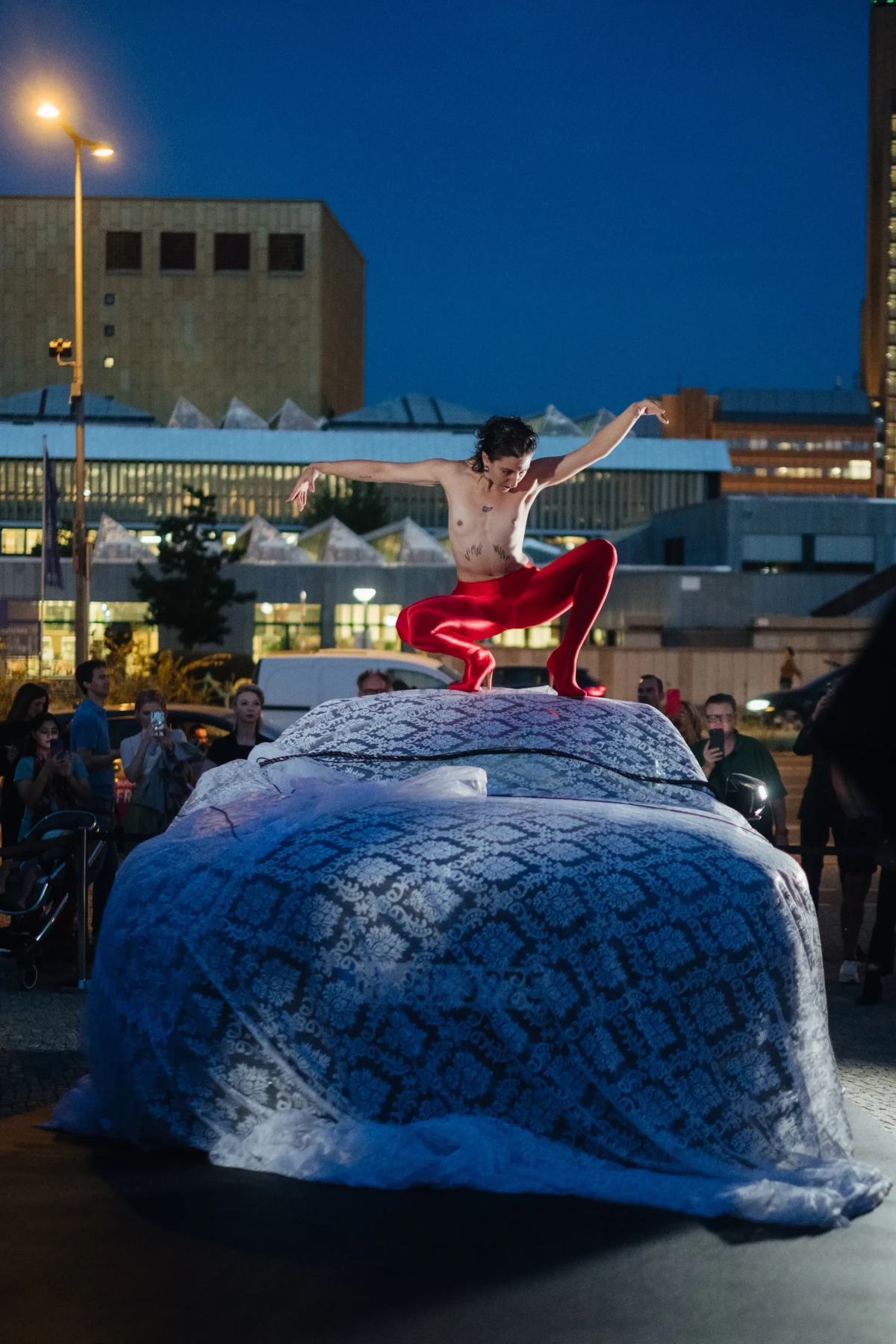
VENUS
Performative Installation
by Göksu Kunak
with Buğra Büyükşimşek & Chima Nnamdi Okerenkwo & Felix Beer & Markus Hausmann, Nomi Sladko
Producer
Florian Gress
Commissioned
by Neue Nationalgalerie
Photography
by Maximilian Gödecke
art/beats Berlin*
Working for years as a dance and art critic, while starting a PHD program, Kunak felt held back by the rigidity of Academic theory and writing, condemning its colonialist heritage. Overcoming their fears, they cut ties with their academic career to explore creative writing and bring their first solo performances to life. Nevertheless, Kunak’s intel- lectual background in art history continues to nourish the depth of their work. Strongly influenced by feminist performance art, Kunak quotes Western artists (Export, Schneeman) as well as artists from the Middle East or Turkey like Aydin Teker and Nil Yalter. Reevaluating this heritage, their decolonial approach transcends traditional Western dramaturgy and modern performance art.
“Working with codes of Western systems and questioning what happens when you put a non-western dramaturgy in a Western theatre. Can I shapeshift?”
Processing their own (pop-)cultural heritage, Kunak explores the ten- sions in between the post-Wagnerian Western dramaturgy and an “Eastern” alternative. In their performances, they introduce the “neo- liberal timing” of Eastern Morning shows, creating quick shifts between unrelated actions within multidimensional “hyper-assemblages”. Fascina- ted by Fluxus and Happening techniques, Kunak experiments with the spectator ́s involvement. They multiply the points of view, whilst intro- ducing yet another “hybridisation” by embracing the public’s filming. “When researching, I stumbled upon this not very well-known
exhibition, “Articulate muscle, The Male Body in Art” curated by Marcia Tucker at the Whitney Museum in 1976. Arnold Schwarzen- egger, Frank Zane and Ed Corney are on a platform, surrounded by an audience, mixing typical bodybuilding poses with the ones from historical paintings. Art historians and bodybuilder scholars were commenting on the male body and its history in art.”
Fascinated by body art and modification, Kunak follows in the footsteps of Orlan, Matthew Barney or Preciado’s “Testo Junkie”, viewing bodies as modifiable sculptures and the “muscle as an object”. Linking the steeled muscles of Turkey‘s Soviet influenced monuments to their own “modified” corporeality, Kunak creates interconnections in between Turkish history and its pop and (queer) underground culture. As a bodybuilder in training, Kunak’s identity and artistic explorations fuse in their performances.
„This idea of robotical movement in my pieces comes from the feeling
that I’m trapped.“
Kunak is constantly questioning their classical education in ballet and modern dance, like in their reinterpretation of Yvonne Rainer’s post- modern pioneer piece “Trio A”. They not only explore unconventio- nal dance forms like pole dancing, but have performers crawl on the ceiling. Through intertwining futuristic tech-installations with bodily movements, they challenge the Utopian idea of the modified body as a machine.
“It’s about collaborations and using different mediums. Everyone in the piece has specific abilities.”
Kunak stresses that their projects would not be possible without their multitalented co-performers like Bilgesu Akyürek, Leo Luchini, Felix Beer, Chima Okerenkwo or Buğra Büyükşimşek.
“If something doesn’t work in the end, it’s beyond me. Or it’s something to look at for the future. There are still so many things I want to do!”
Kunak is currently working on several exciting projects. Their latest piece “INNOCENCE” (Sophiensäle, 2024) is soon to be shown at Kampna- gel Hamburg. It will go hand in hand with their exhibition “Bygone Inno- cence”, curated by Leon Kruijswijk, whose new version will be displayed at Donau Festival/Kunsthalle Krems. “VENUS vol 2” will be performed at the City Square Hall in Copenhagen at KØS Museum for Art curated by Charlotte Sprogøe.
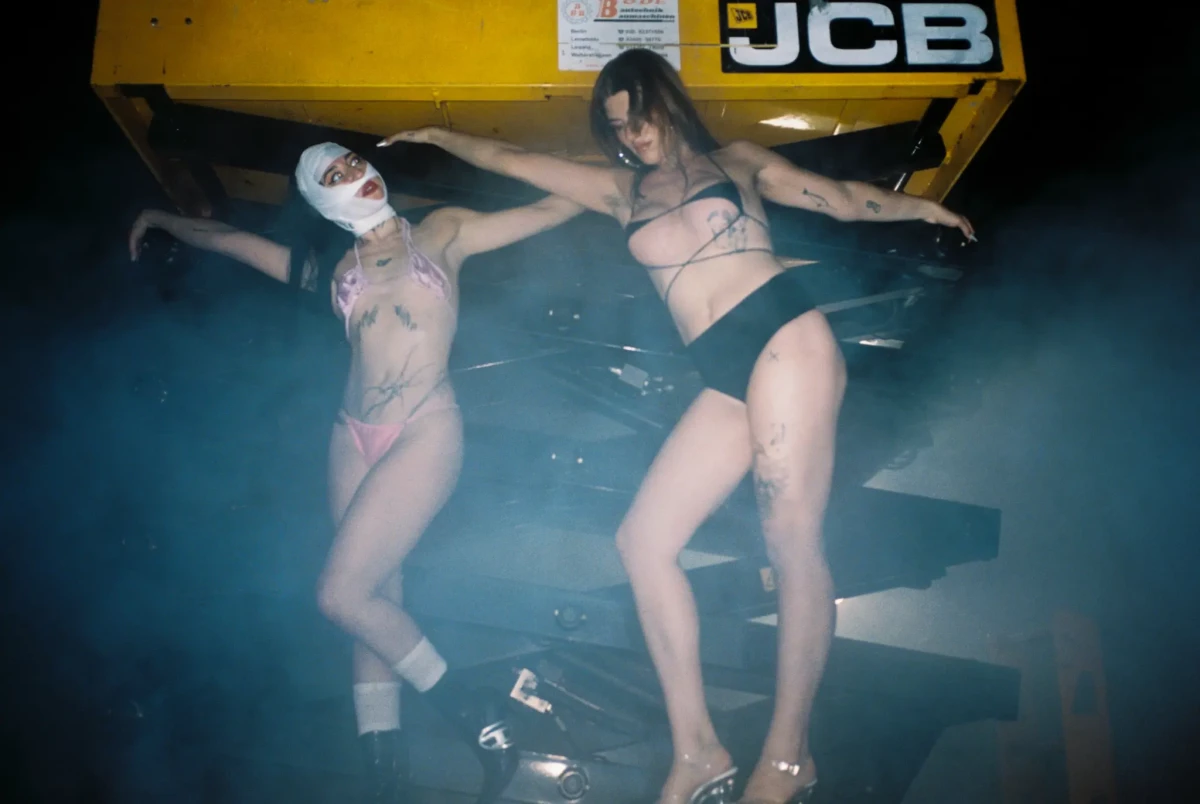
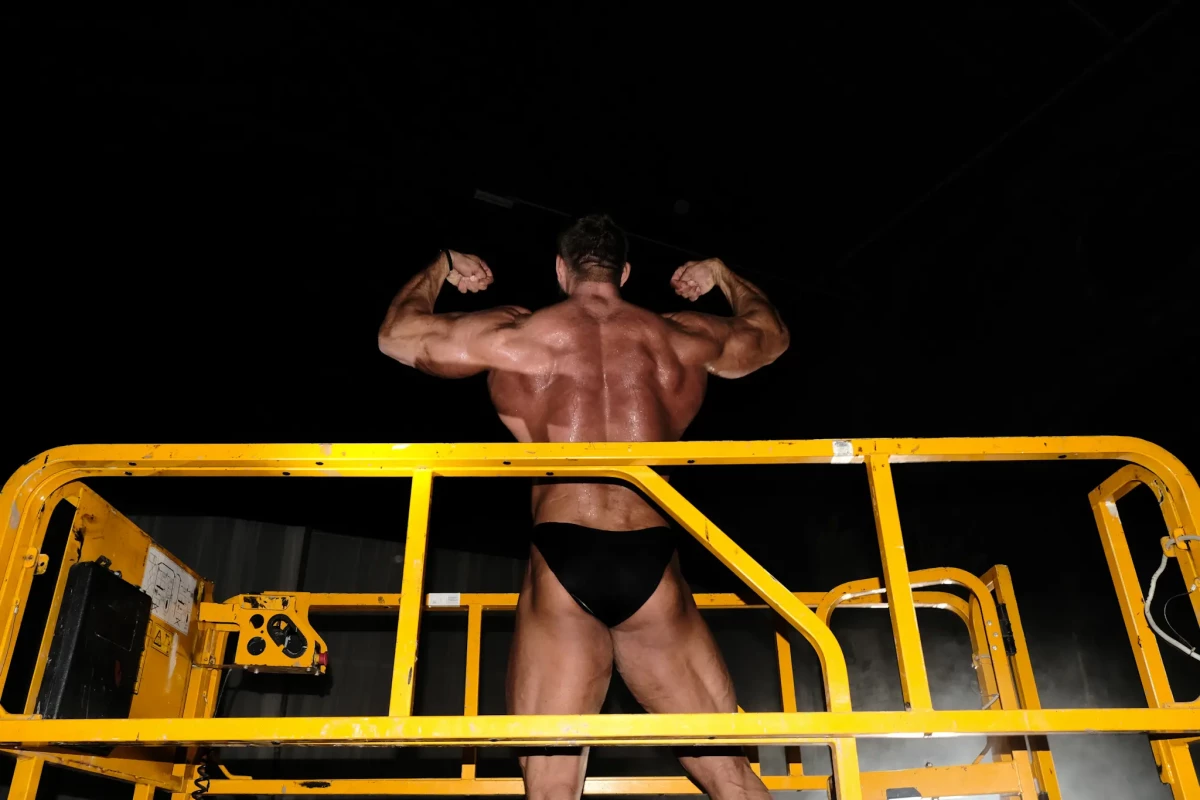
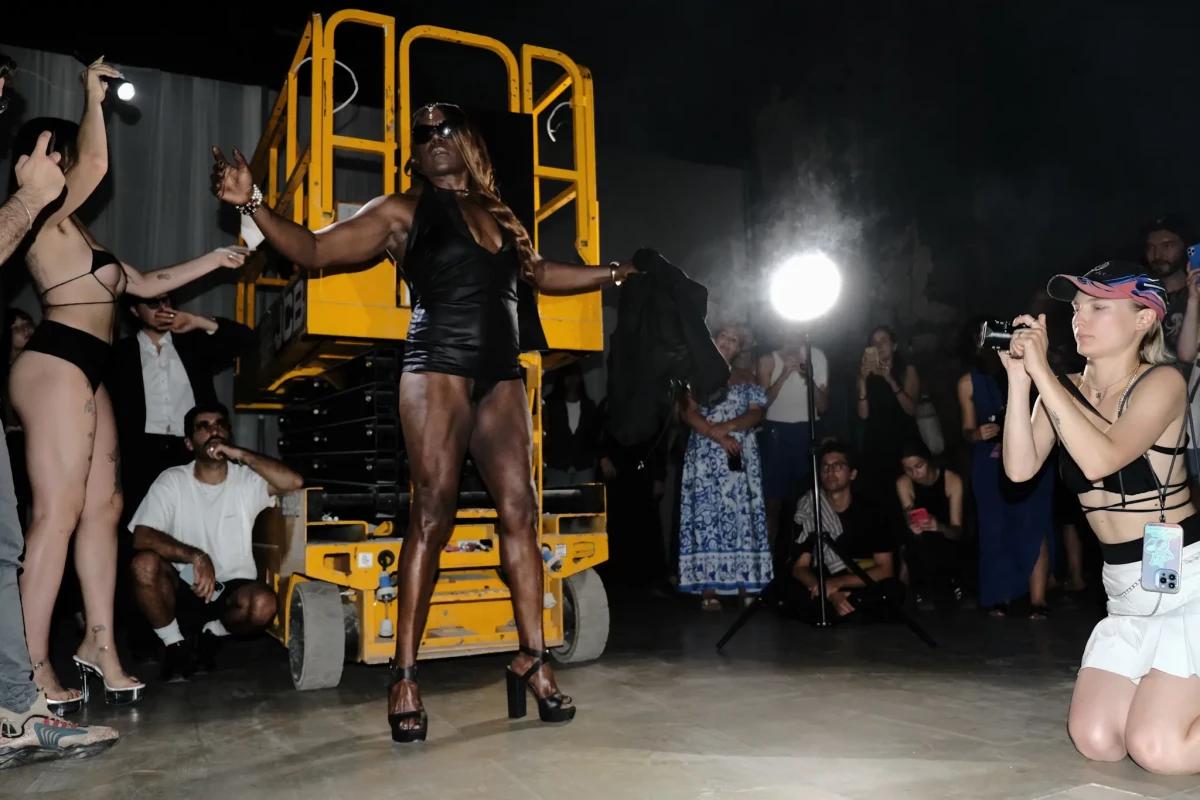
HUNGRY
*a live Exhibition
by Göksu Kunak
with Nomi Sladko & Tischa Thomas & Markus Hausmann & Bilgesu Akyürek
Curated
by KING KONG MAGAZINE
commissioned
by Wilhelm Hallen - Berlin
Producer
Florian Gress
Photography
by Jiri Abendt*




